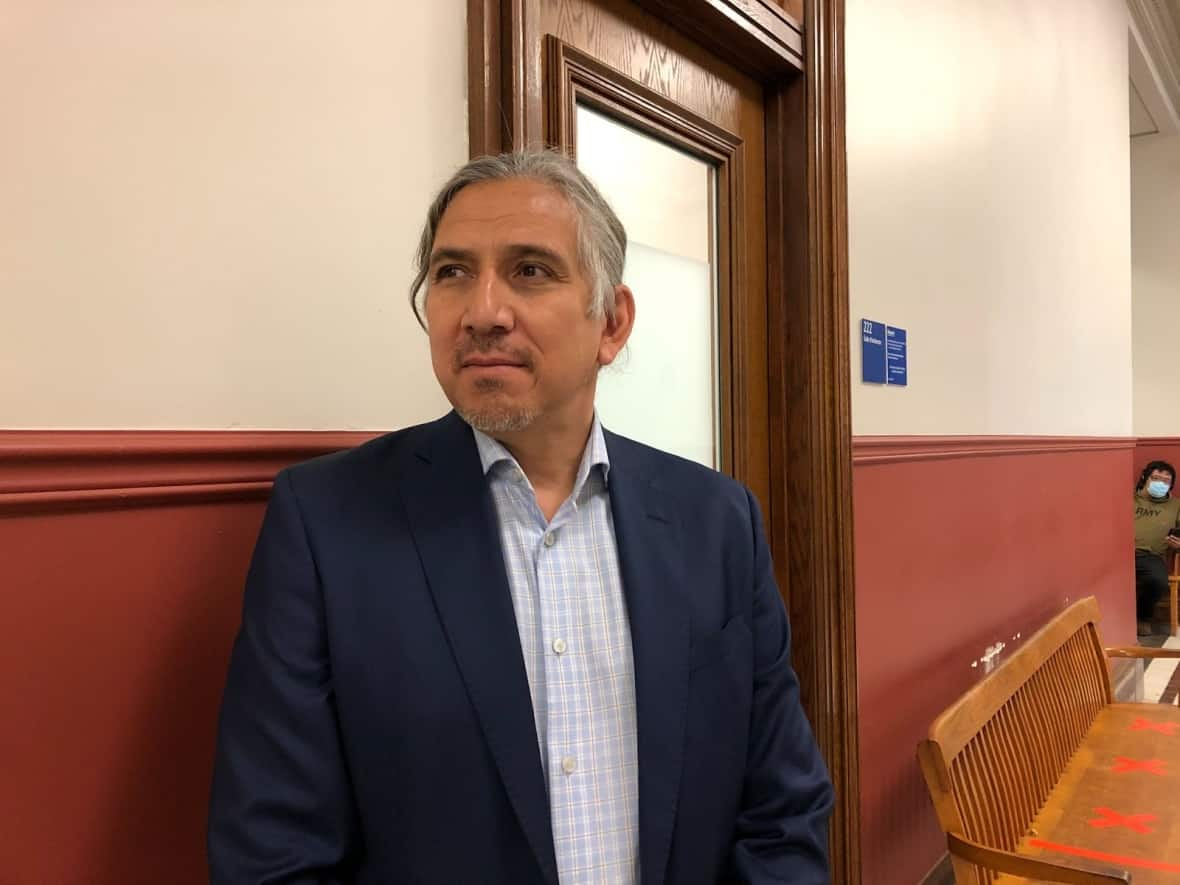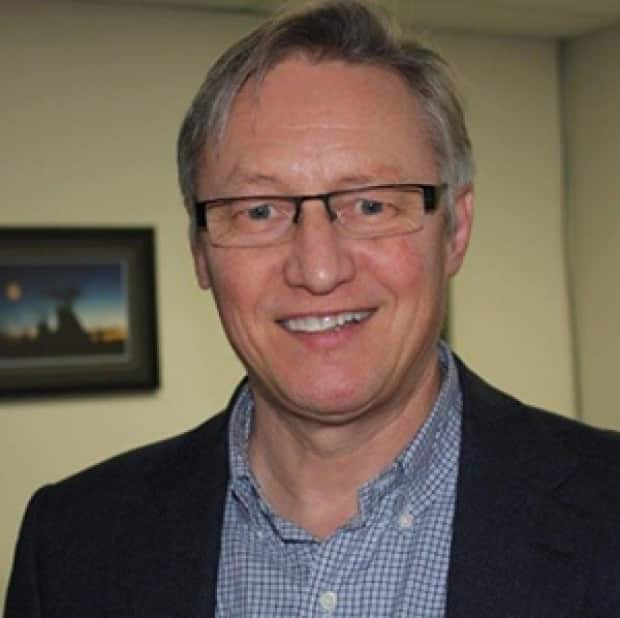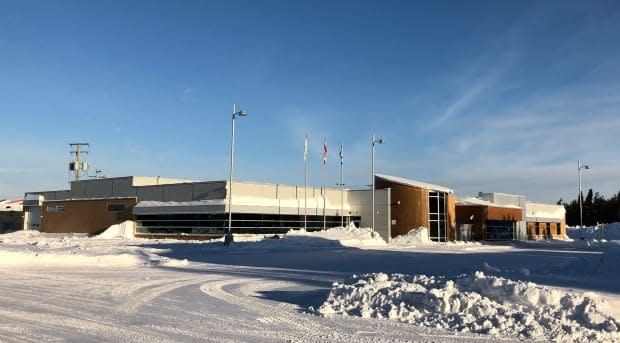First Nations and their allies tackle Quebec's Omicron wave

Many Indigenous communities in Quebec that were spared in the first wave of the COVID-19 pandemic are now seeing case numbers soar. It's a situation that has leaders and experts concerned.
"It's a tsunami of cases, which have almost tripled since the beginning of the year," said Dr. André Corriveau, public health adviser for the First Nations of Quebec and Labrador Health and Social Services Commission (FNQLHSSC).
Compounding the problem, these same communities have fewer medical resources and are dealing with crowded housing conditions and many people with underlying health conditions.
In Montreal, Dr. Stanley Vollant, an Innu from the community of Pessamit and the first Quebec-born Indigenous surgeon, thinks people who were asymptomatic likely brought the virus into remote First Nations.
"[It's] four times, five times higher than the first and the second wave of COVID," Vollant said. "We have to be very careful and aware to protect our elders."
The stealth of the current variant worries him.
"With this very huge wave of Omicron, other people that are not very sick but have to [miss] work can affect the health-care system," he said. "And also the social security in our communities, like police, firefighters, people that have key positions."

Case numbers underestimated
The FNQLHSSC says there were a total of 1,414 active cases in 29 First Nations communities as of Friday — and that doesn't account for positive rapid test results people have taken at home.
From Wednesday through Friday alone, 575 active cases were reported in the Indigenous communities the commission works with.
In northern Quebec, the Nunavik and James Bay regions have their own health boards. The Inuit territory of Nunavik last reported 39 new cases on Thursday, for a total of 349 active cases in the region.
On Friday, the Cree Board of Health and Social Services of James Bay reported 355 active cases among the 10 Cree communities and seven people in hospital.
Bertie Wapachee, head of the Cree Board of Health and Social Services of James Bay, says Omicron has hit the Cree Nation of Quebec particularly hard.
"It stunned us … shut down many things for us. The way it spread was like no other [wave], this one was very different."
Wapachee says COVID cases among health-care workers have caused staffing problems in his region, which only has one hospital in the community of Chisasibi, and Cree people who have a severe infection requiring hospitalization have to be sent to Val-d'Or or Montreal.
Dr. Corriveau, who was hired as a public health adviser for the FNQLHSSC at the beginning of the pandemic, says some communities had their first cases ever with this wave.

Originally from Quebec, Corriveau has worked in Alberta, the Northwest Territories, the Yukon, Nunavut and Quebec's Nunavik region — including three years as Alberta's Chief Medical Officer of Public Health.
So far, he says, most Indigenous people who have caught the new variant show mild symptoms and, at the moment, there are only five Indigenous COVID patients in hospital.
While Omicron cases seem to be less severe, he says the variant's transmissibility is worrisome — especially in communities where houses are smaller, overcrowded and leave little room for people to isolate.
Higher rates of chronic illness – like diabetes, heart disease or cancer — are also a concern, said Corriveau.
"The other vulnerability in our First Nations is the remoteness and the fragility of the health-care system," he added. "It can quickly move to a situation where access to even basic health-care services are impacted for the community."
Collaboration key to success
Early on in the pandemic, the Innu chiefs created a crisis cell and started meeting twice a week with Vollant and other physicians from provincial and federal health authorities to share information, talk strategy and co-ordinate regional efforts.
"We can act fast, we can have better, concerted action," said Vollant. "I think that was a big key to the success of the Innu communities fight against COVID."
Corriveau says the FNQLHSSC acts as a bridge between Indigenous communities and Quebec's regional public health authorities. He says the pandemic has forced the province to interact and collaborate more with First Nations leadership, something he hopes will continue.
"There are many things that can't be provided at the community level. [They] rely on physicians, hospitals and other services provided by the province," he said.

Vollant and Corriveau said they'll be watching closely to see when community transmission starts to slow. First Nations in Nunavik and the North Shore have put in place strict travel restrictions and additional public health measures to those imposed by the province.
"It's not finished. This wave is going to last a few weeks, maybe two months," said Vollant.
Corriveau is more optimistic about what he calls a "very rapidly evolving situation."
"We hope that we will reach a peak in the next week or two and things will gradually start to improve."


